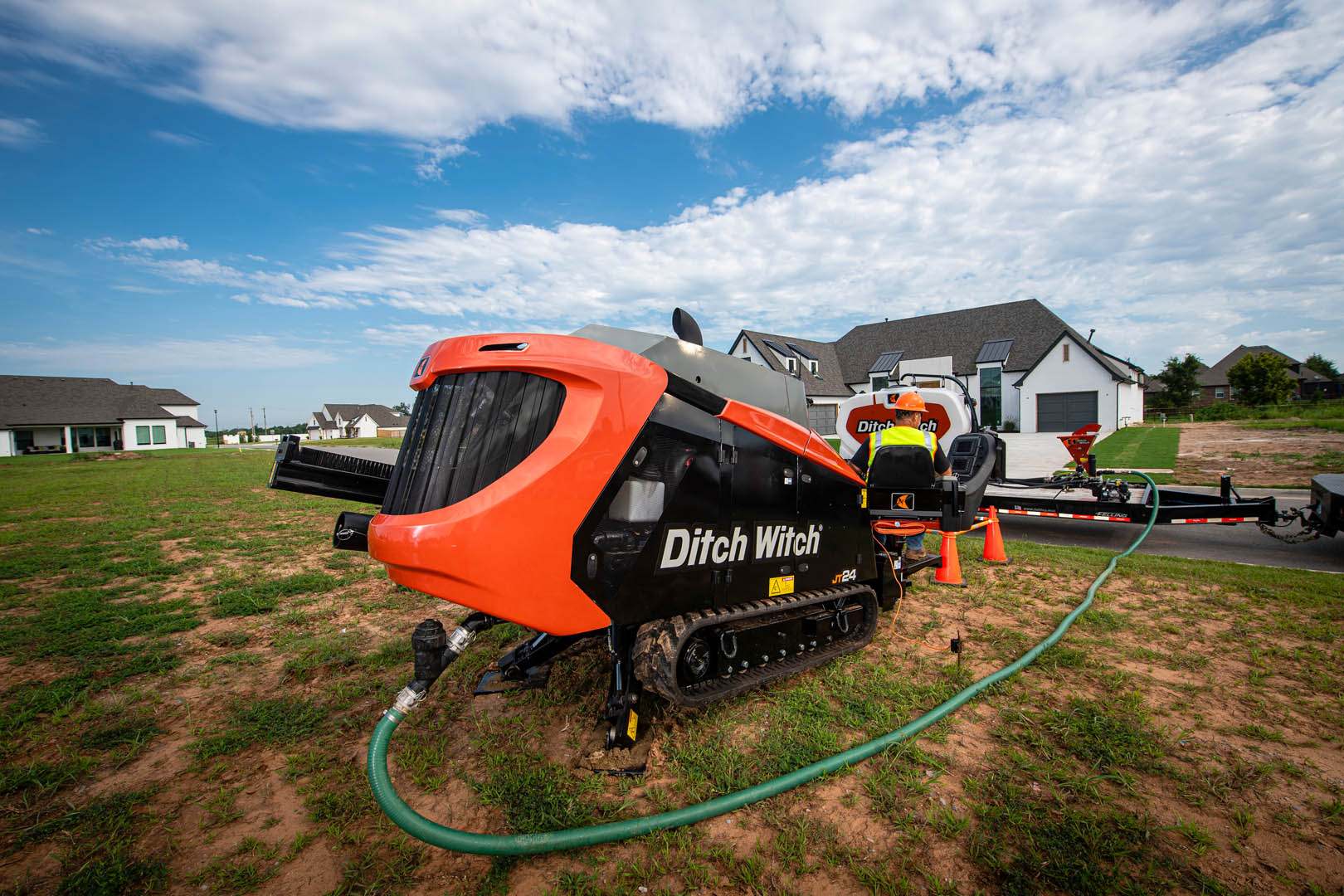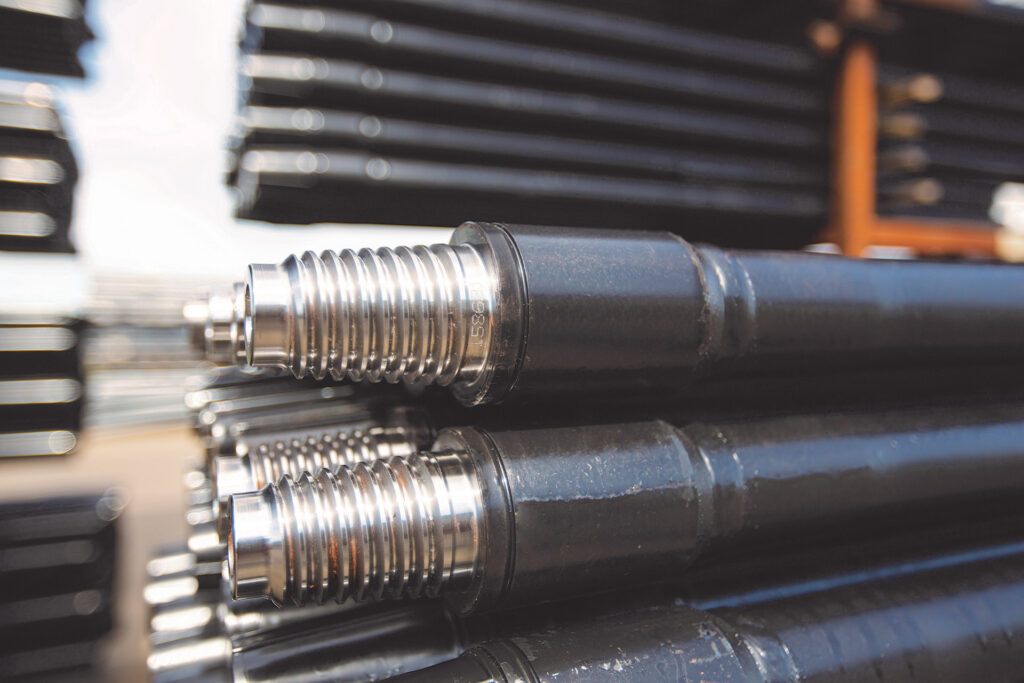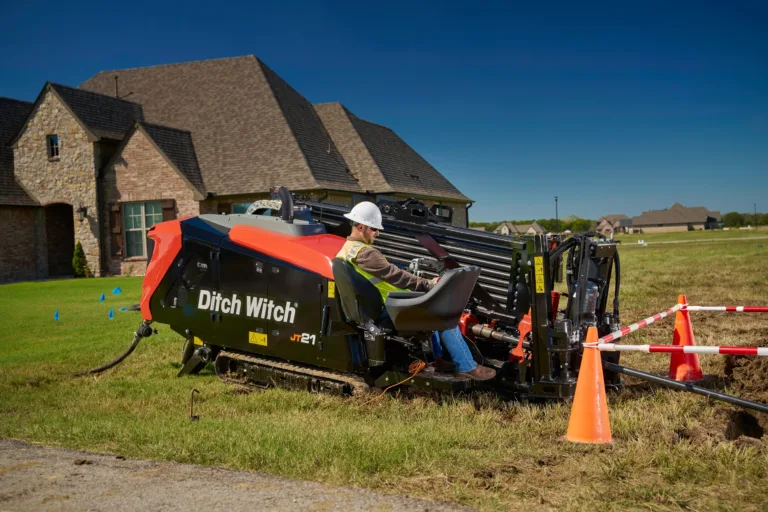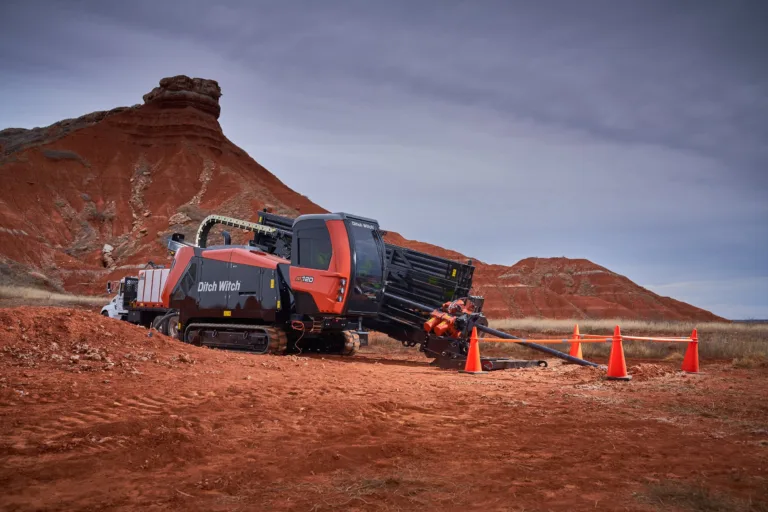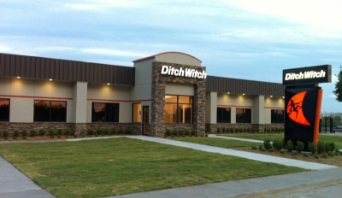When purchasing a horizontal directional drill (HDD), there are several critical factors to consider beyond just the basic capabilities of the equipment. These factors ensure that the drill you choose will meet the specific demands of your projects and contribute to efficient and successful operations.
Key Factors to Consider
1. Bore Specifications
– Size and Distance: Ground conditions and the ratio between bore length and product diameter will oftentimes dictate which HDD units are best suited for the job. Knowing the size of the product being installed and the bore distance is crucial. Larger bore diameters and longer distances require drills with higher thrust and pullback capabilities. For instance, smaller drills like the JT10 are suitable for smaller diameters and shorter distances, typically around 300 feet and less than 4 inches in diameter. However, if you need to go more than 1,000 feet and are pulling back a 30-inch diameter product, larger models, like the JT120, should be your choice, as it can handle bigger diameters over longer distances.
2. Jobsite Conditions
– Above-Ground Constraints: In urban environments, a smaller drill with a compact footprint is advantageous to minimize disruption and avoid the need for extensive traffic control. As jobsites become more and more congested in urban areas, taking up the least amount of space is essential. In contrast, rural areas might allow for larger equipment that can handle longer drill shots, reducing the need for multiple setups.
– Below-Ground Conditions: Soil type significantly impacts drill selection. Rocky or mixed soils may require all-terrain models or dual rod machines, whereas sandy soils might necessitate larger drills with greater fluid capacity to maintain bore integrity. Experts at local Ditch Witch dealerships are able to assist with regional ground conditions and make recommendations on either a dirt unit (JT) or a rock drill (AT).
3. Transportability
– Logistics and Costs: Consider the ease of transporting the drill to various jobsites. Smaller drills are typically easier and less expensive to transport, which can reduce overall operational costs. The choice of transport vehicles and the associated logistics should align with the drill’s size and weight.
4. Operating and Owning Costs
– Cost Analysis: Consider the total cost of ownership, including maintenance, insurance, and potential resale value. Operator skill and the quality of your drilling program can also impact costs. Ditch Witch designs the operating station to be similar throughout the product line. That will reduce the amount of training time for operators who are familiar with other units in the fleet. It’s essential to factor in these variables to ensure the drill remains cost-effective over its lifecycle.
By carefully evaluating these factors, you can select a horizontal directional drill that not only meets the technical requirements of your projects but also aligns with logistical and financial considerations. Consulting with local dealers and industry experts can provide additional insights tailored to your specific needs.
Related Articles:


